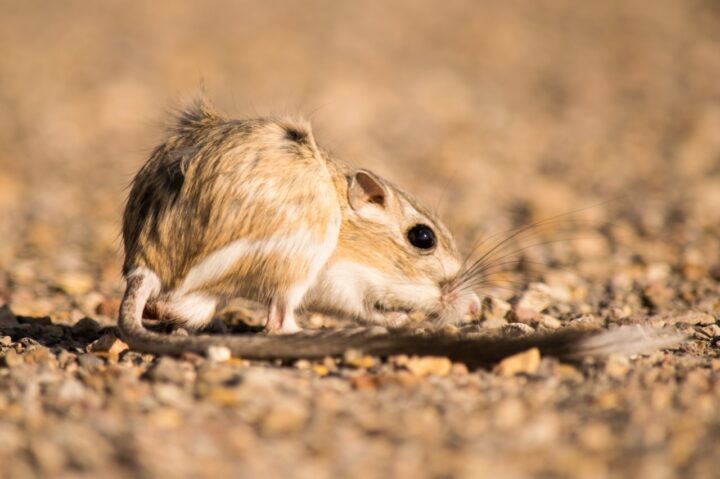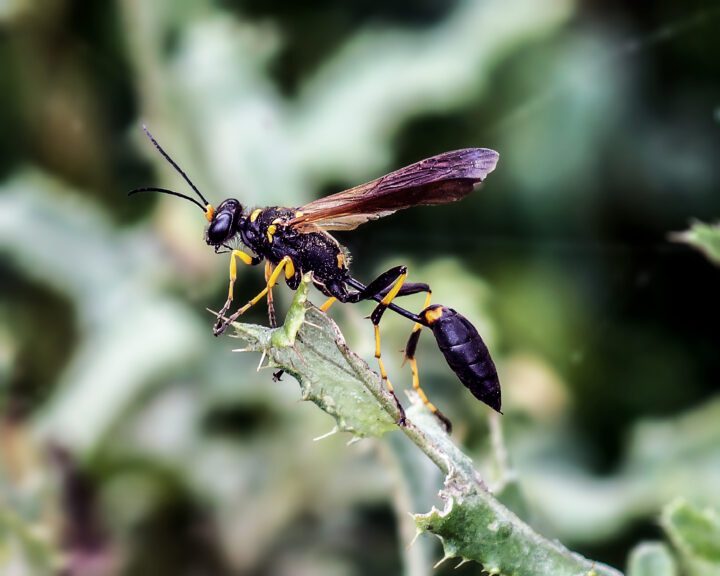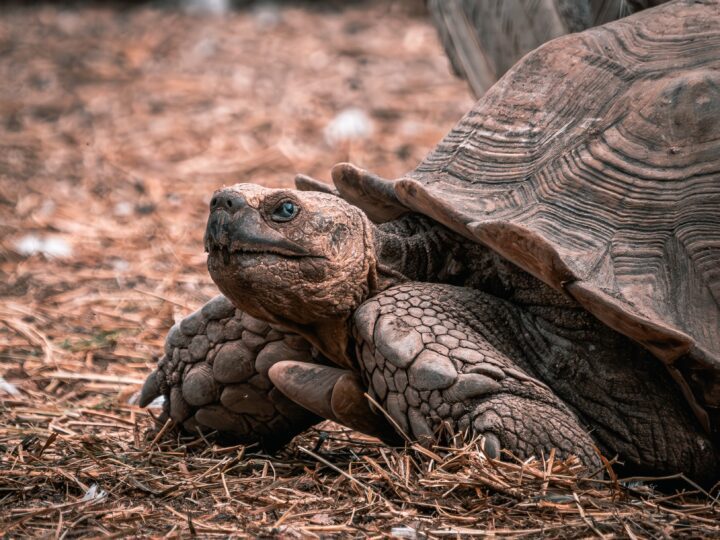Manage Impact
An impact is a high force or mechanical shock that happens over a short period of time, such as a hammer hitting a nail rather than a hand pushing slowly against a wall. Because of their speed and force, impacts don’t allow materials to slowly adjust to the force, which can lead to cracks, ruptures, and complete breakage. Therefore, living systems have strategies that can absorb, dissipate, or otherwise survive that force without the need to add large amounts of material. For example, the Toco toucan’s large beak is very lightweight, yet can withstand impacts because it’s made of a composite material with rigid foam inside and layers of a hard, fibrous material outside.
Manage Tension
When a living system is under tension, it means there is a force pulling on it, like a person pulling on a rope tied to a horse. When applied to a living system, unless the system is completely rigid, the result is that it gets stretched. If stretching exceeds the strength of the living system’s material, it can damage it. Living systems manage tension using materials that are flexible and stretchable enough to survive most tension that occurs in their environment. The ocean’s intertidal zone offers a good example. The waves and incoming and outgoing tides put tension on soft-bodied organisms. Mussels resist tension with flexible threads that hold them onto rocks; in contrast, large algae have stretchy fronds.
Manage Compression
When a living system is under compression, there is a force pushing on it, like a chair with a person sitting on it. When evenly applied to all sides of a living system, compression results in decreased volume. When applied on two sides, it results in deformation, such as when pushing on two sides of a balloon. This deformation can be temporary or permanent. Because living systems must retain their most efficient form, they must ensure that any deformation is temporary. Managing compression also provides an opportunity to lessen the effects of other forces. Living systems have strategies to help prevent compression or recover from it, while maintaining function. For example, African elephant adults weigh from 4,700 to 6,048 kilograms. Because they must hold all of that weight on their four feet, the tissues of their feet have features that enable compression to absorb and distribute forces.
Physically Assemble Structure
Living systems use physical materials to create structures to serve as protection, insulation, and other purposes. These structures can be internal (within or attached to the system itself), such as cell membranes, shells, and fur. They can also be external (detached), such as nests, burrows, cocoons, or webs. Because physical materials are limited and the energy required to gather and create new structures is costly, living systems must use both conservatively. Therefore, they optimize the structures’ size, weight, and density. For example, weaver birds use two types of vegetation to create their nests: strong, a few stiff fibers and numerous thin fibers. Combined, they make a strong, yet flexible, nest. An example of an internal structure is a bird’s bone. The bone is comprised of a mineral matrix assembled to create strong cross-supports and a tubular outer surface filled with air to minimize weight.









